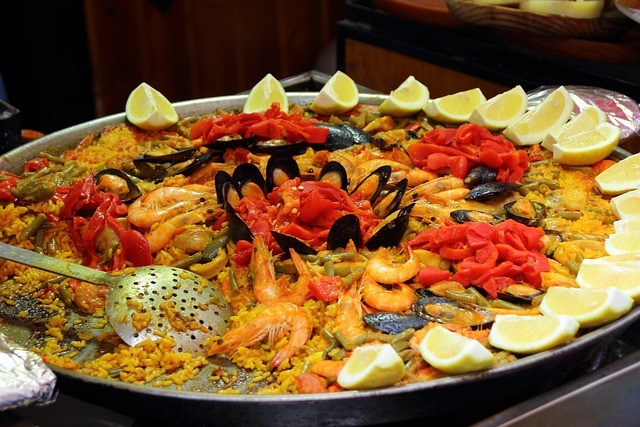Rice is one of the most important staple foods worldwide and has a deep history and cultural significance that spans centuries and continents. Let’s take a deep dive into the origins and cultural significance of rice:
Origins:
The domestication of rice is believed to have originated independently in multiple regions of the world. There are two main species of rice: Oryza sativa (Asian rice) and Oryza glaberrima (African rice). Here’s a brief overview of their origins:
- Asian Rice (Oryza sativa): Asian rice is the most widely cultivated and consumed type of rice. Its cultivation is believed to have begun in the Yangtze River valley of China around 10,000-14,000 years ago. From there, rice cultivation spread throughout Asia, reaching regions like India, Southeast Asia, and beyond.
- African Rice (Oryza glaberrima): African rice is native to West Africa and was independently domesticated in the Niger River Delta around 2,000-3,000 years ago. It has played a significant role in the diets of West African communities.
Cultural Significance:
The cultural significance of rice varies across different regions and societies, but there are some common themes:
Asia:
- Symbolism: In many Asian cultures, rice symbolizes sustenance, prosperity, and life itself. It’s often associated with deities and plays a central role in religious rituals.
- Dietary Staple: Rice is a staple food in many Asian countries, including China, India, Japan, and Thailand. It forms the base of numerous dishes and is an essential part of daily meals.
- Ceremonial Uses: Rice is used in various ceremonies, such as weddings and festivals, where it holds deep cultural significance.
Africa:
- Culinary and Social Importance: African rice has been a crucial food source in West Africa for centuries. It’s used in traditional dishes and is often served on special occasions.
- Historical Context: African rice cultivation played a role in the development of complex societies and trade routes in the region.
Other Regions:
- Latin America: Rice is a staple food in many Latin American countries, such as Brazil and Colombia. It’s a key ingredient in dishes like arroz con frijoles (rice and beans) and paella.

- Caribbean: Rice is a fundamental part of Caribbean cuisine, with dishes like rice and peas in Jamaica and arroz con pollo in many Spanish-speaking Caribbean nations.
Global Impact:
- Diaspora Influence: The transatlantic slave trade led to the spread of rice cultivation from West Africa to the Americas, significantly impacting the cuisine and culture of regions like the American South and the Caribbean.
- Global Trade: The demand for rice led to trade networks that connected distant regions. This trade had cultural, economic, and social impacts.
In addition to its cultural significance, rice also has agricultural and economic importance. The cultivation of rice has shaped landscapes, water management practices, and societies throughout history.
In conclusion, rice’s origins and cultural significance are rich and diverse, reflecting its vital role as a staple food in numerous cultures around the world. Its cultivation, preparation, and consumption have shaped the identity, traditions, and cuisines of various regions for millennia.











